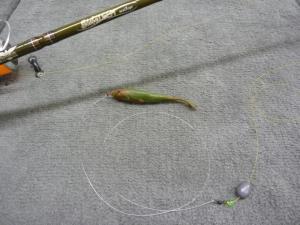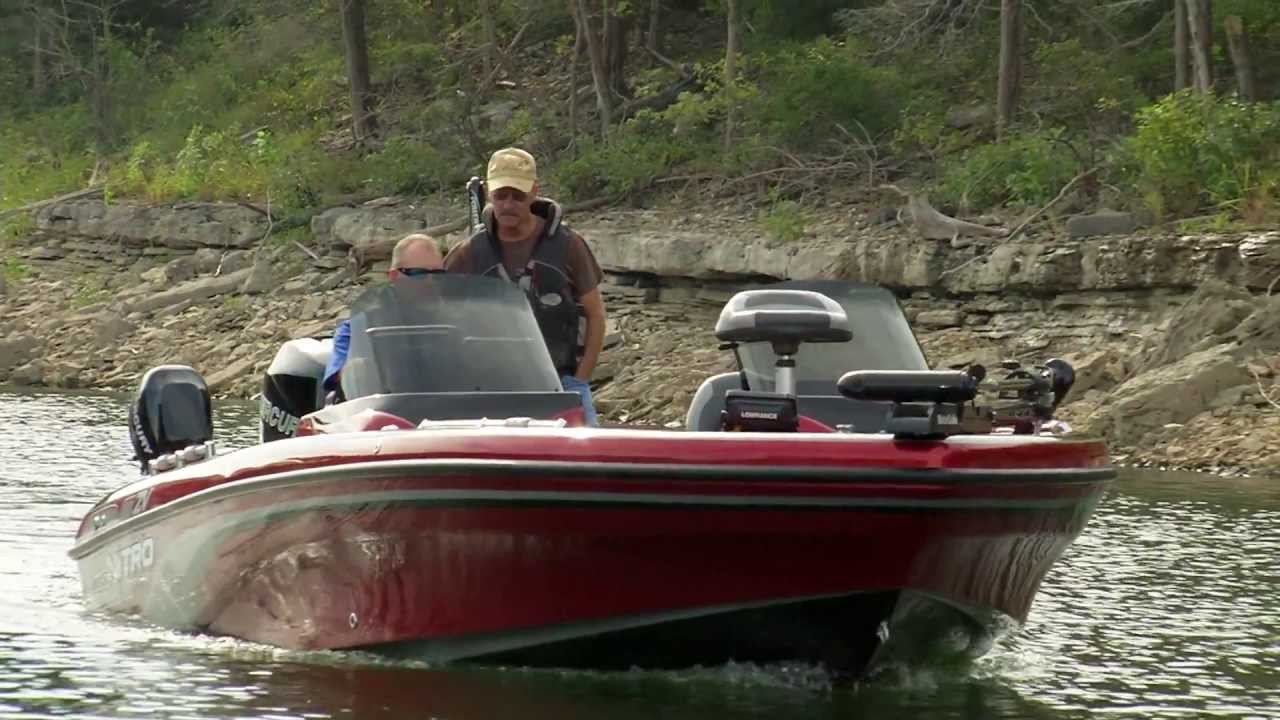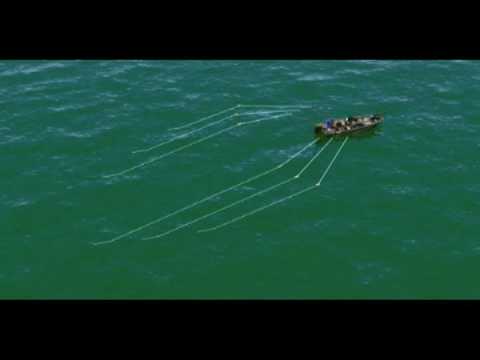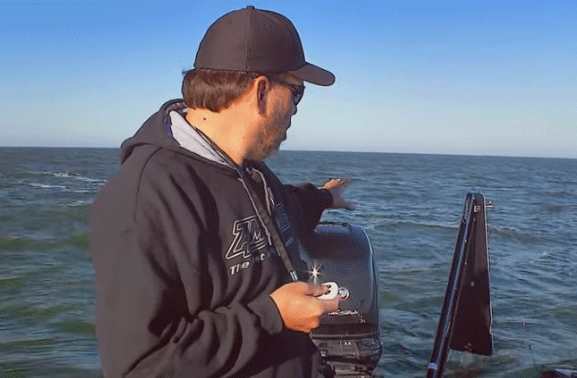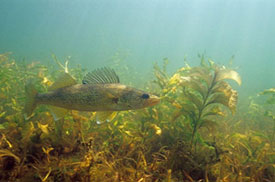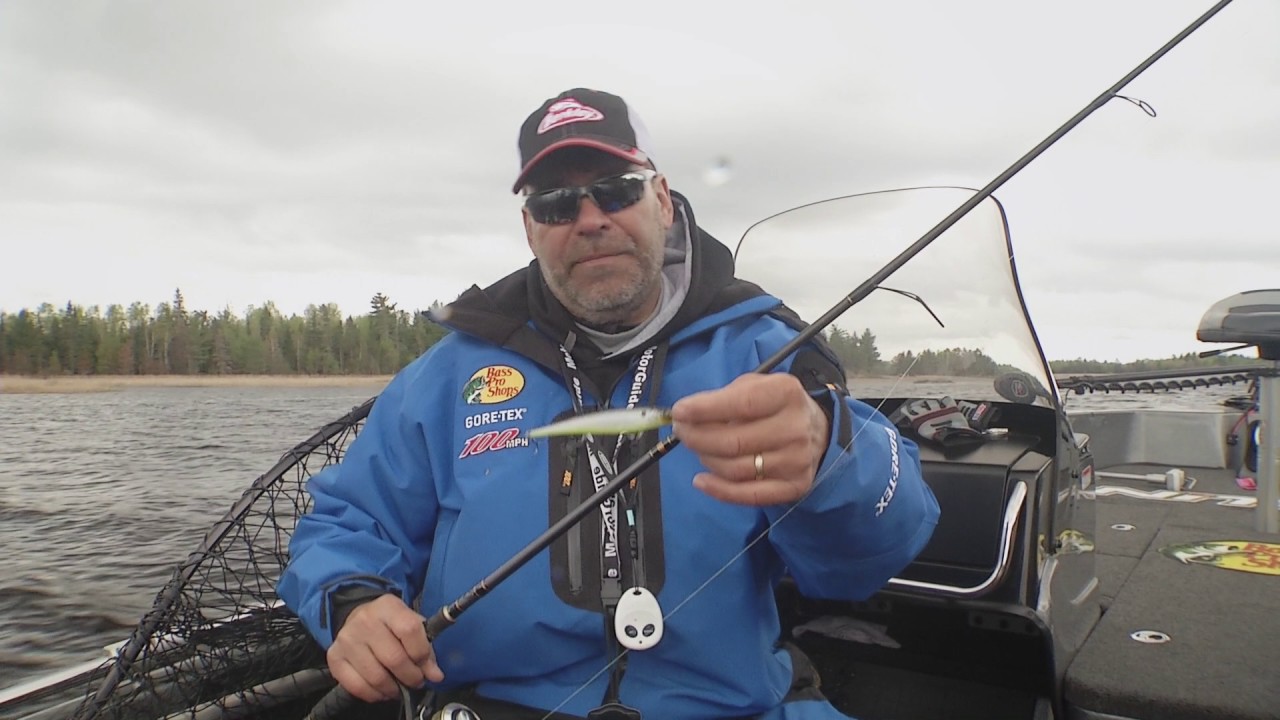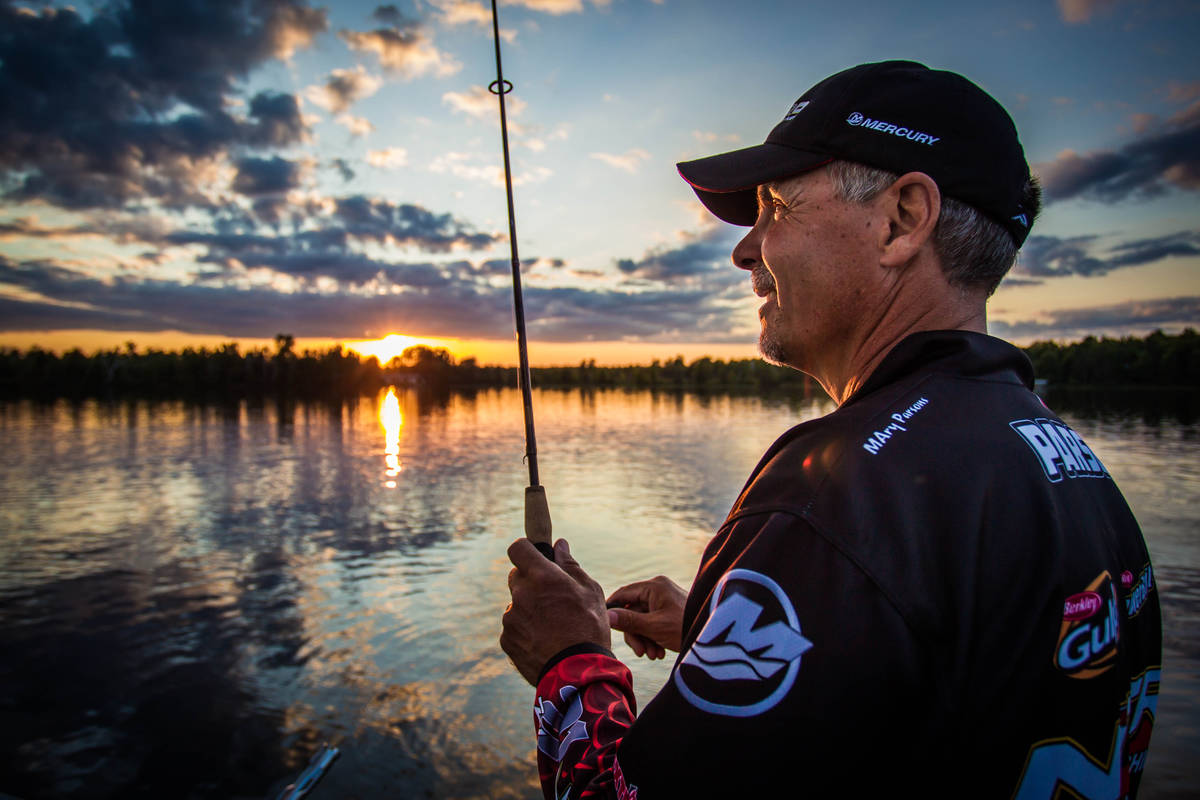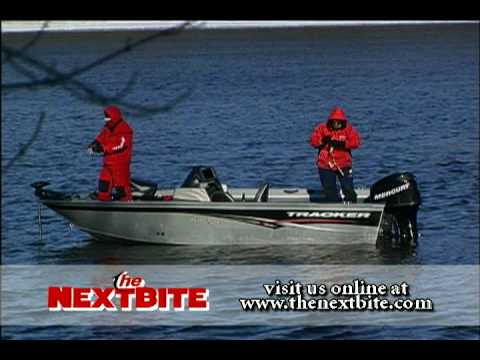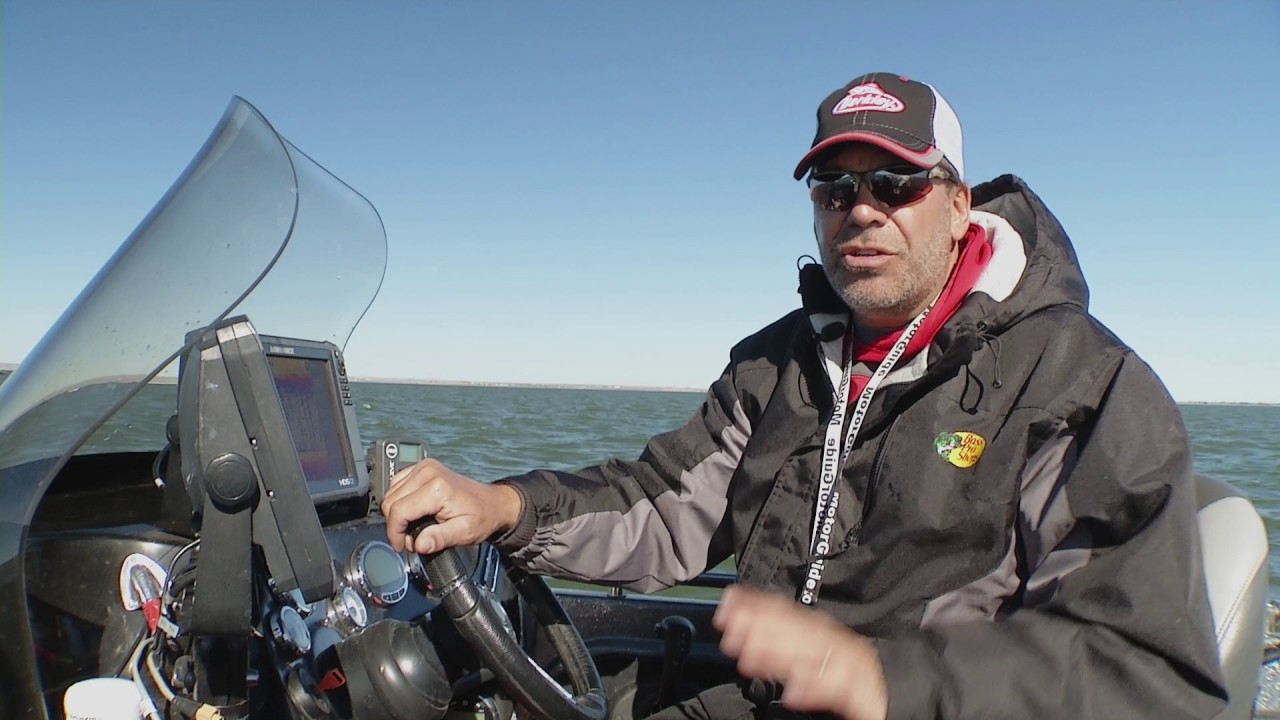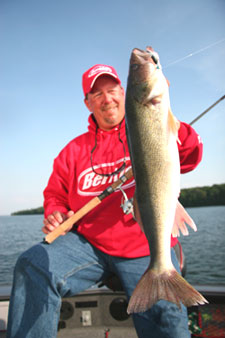
Flat, calm, sunny days in mid-summer, July-August, can lead to tough days for the wary angler chasing walleyes. It seems to be the same story every time these conditions show up, you can mark the fish, but they just won’t bite.
Tough days call for an open mind; you have to think alternate techniques. Techniques that don’t get used every day but have certain times when they rule. There is an out-of-the-box technique just for this situation: dropshotting.
I realize that dropshotting is a bass orientated system, but it has an application in the walleye world. Dropshotting is used in the bass world to fish largemouth/smallmouth when they suspend within a couple of feet off of the bottom in deeper water. This is the same situation the walleye guys can run into in midsummer on those flat, clear, calm days. We can mark the fish on the flats, points, etc, just off of the bottom, but they won’t eat.
Dropshotting can be the answer to make these fish eat. It’s a technique that simply puts a bait right in front of the fish and holds it there. This can make a neutral fish an eater.
Total Solutions Technique
What is dropshotting? It’s a simple rig, almost like the crappie rigs of old. Your weight is positioned, tied on to, the end of the line. Your hook is tied in directly to the line any where from 8 inches to 30 inches above the hook. The easiest way to tie these is to leave a long tag end when you tie your hook on. Leave the tag end to your desired height off of the bottom, and then tie your weight on.
Remember with dropshotting to downsize your presentation, rod style, line weight, etc. This is a total finesse technique and requires finesse equipment.
When you using this technique, remember that it’s not for locating fish. This system is used when you have marked fish and can’t get them to bite. You’re fishing a fish with this technique. Simply use your trolling motor to locate a fish, once you mark one, hold on the fish and put the dropshot down. Start with just holding the bait in front of the fish and slowly work into a more aggressive presentation. Hold the bait steady for a few seconds, and then just wiggle the bait. If the fish still hasn’t hit, begin slowly lifting and dropping the bait. One of these three motions will generally get the strike.
In setting the height of the dropshot, know your electronics and how far a fish is off the bottom when you mark them. Set the height according. A good rule of thumb, it 18-20 inches off of the bottom. That’s a good setting to start with.
Total Solutions Equipment
Line Size: I use 4 lb Trilene XL for this technique. If I’m in really deep water, 30 feet or deeper, I’ll go to 6 lb Trilene XL.
Rod: There isn’t a better finesse rod on the market than the Techna AV series. Light weight, superbly balanced, and sensitivity to the max. If you rig, jig, or dropshot, this rod is must in your arsenal. For the dropshotting, I use the Fenwick® AETOS® Spinning Rod 6’6” medium action rod. This rod has very fast action, but a nice soft tip for the subtle bites you get when dropshotting.
Tackle: I use a couple different softbaits when dropshotting. When I use an aggressive technique, moving the bait frequently, I will use the 3” Gulp! Alive minnow or the 3” Gulp! Alive Leech. If the mood of the fish calls for just subtle shaking or totally holding still, I will go with the 3” Sparkle Dropshot Power Bass Minnow. Hook size can vary, but I will generally use a size 4 or 6. Use the lightest weight possible under the conditions that are presented to you.
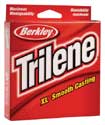 Berkley® Trilene XL® |
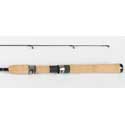 Fenwick® AETOS® Spinning Rod |
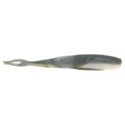
|
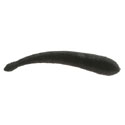 NEW Berkley® Gulp!® Alive!™ 3″ Leech 16 oz.-Pint Bucket |
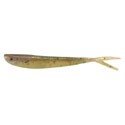 Berkley® 3″ Sparkle Dropshot Power® Bass Minnow |

